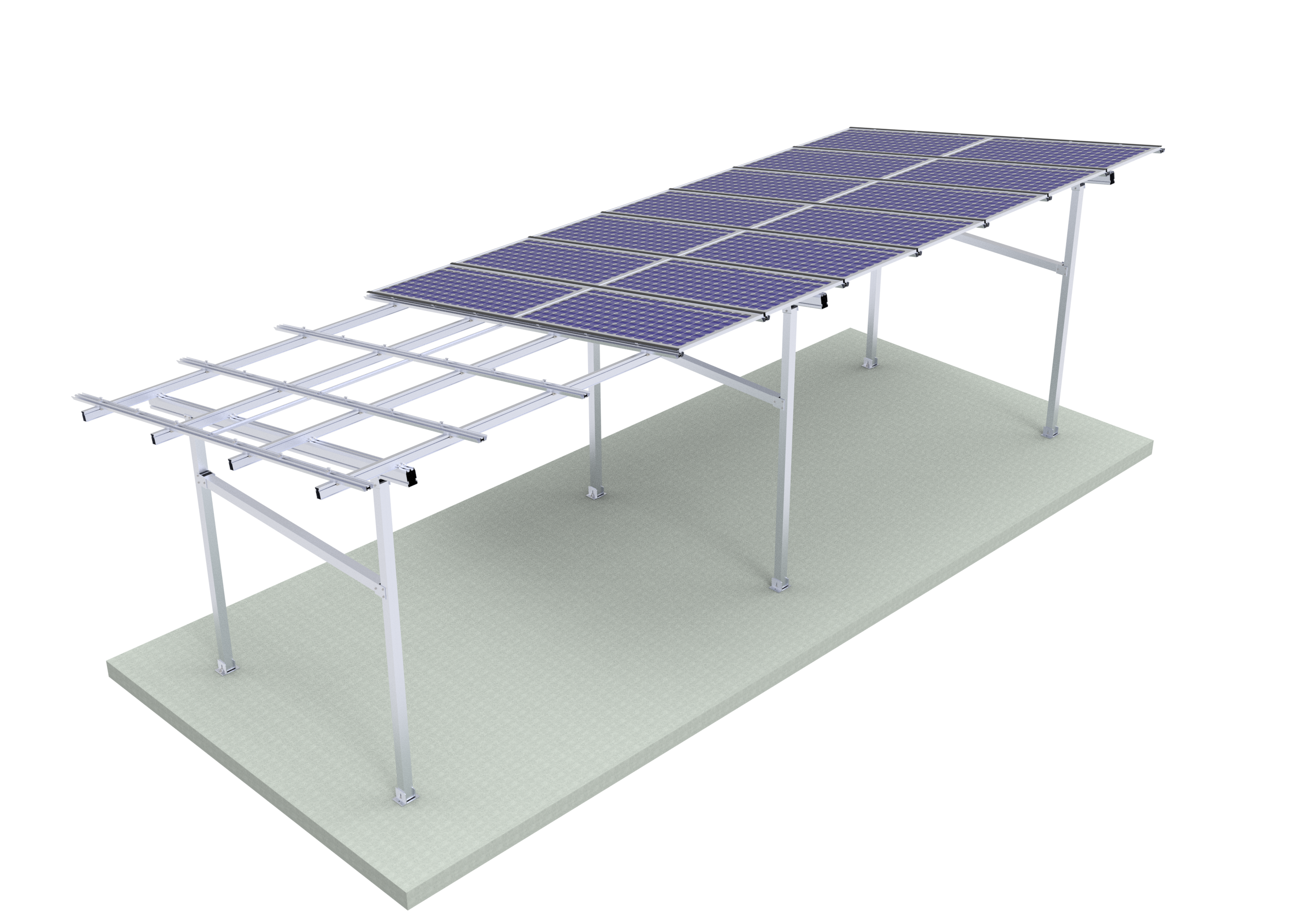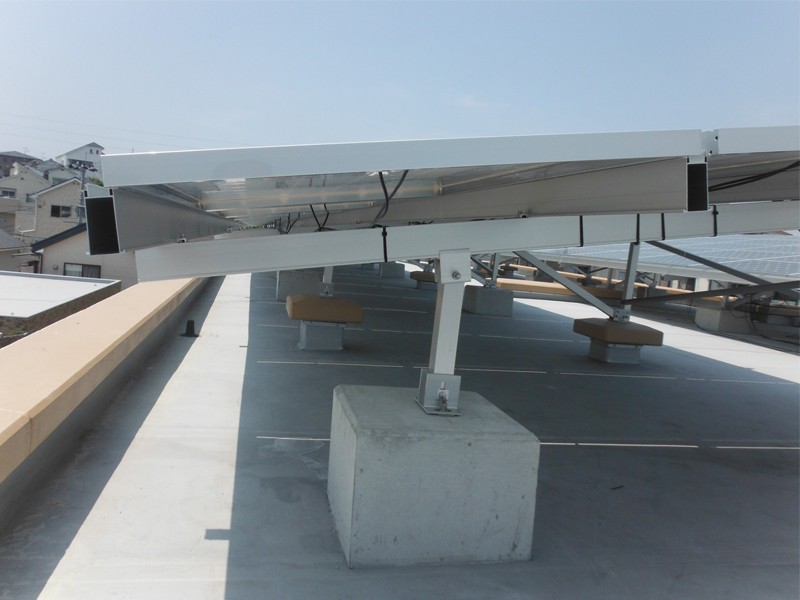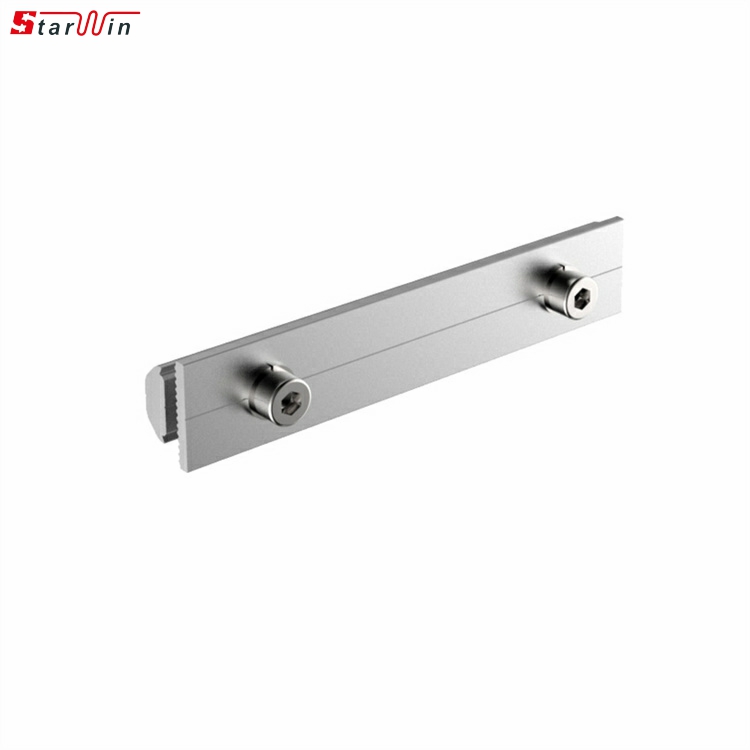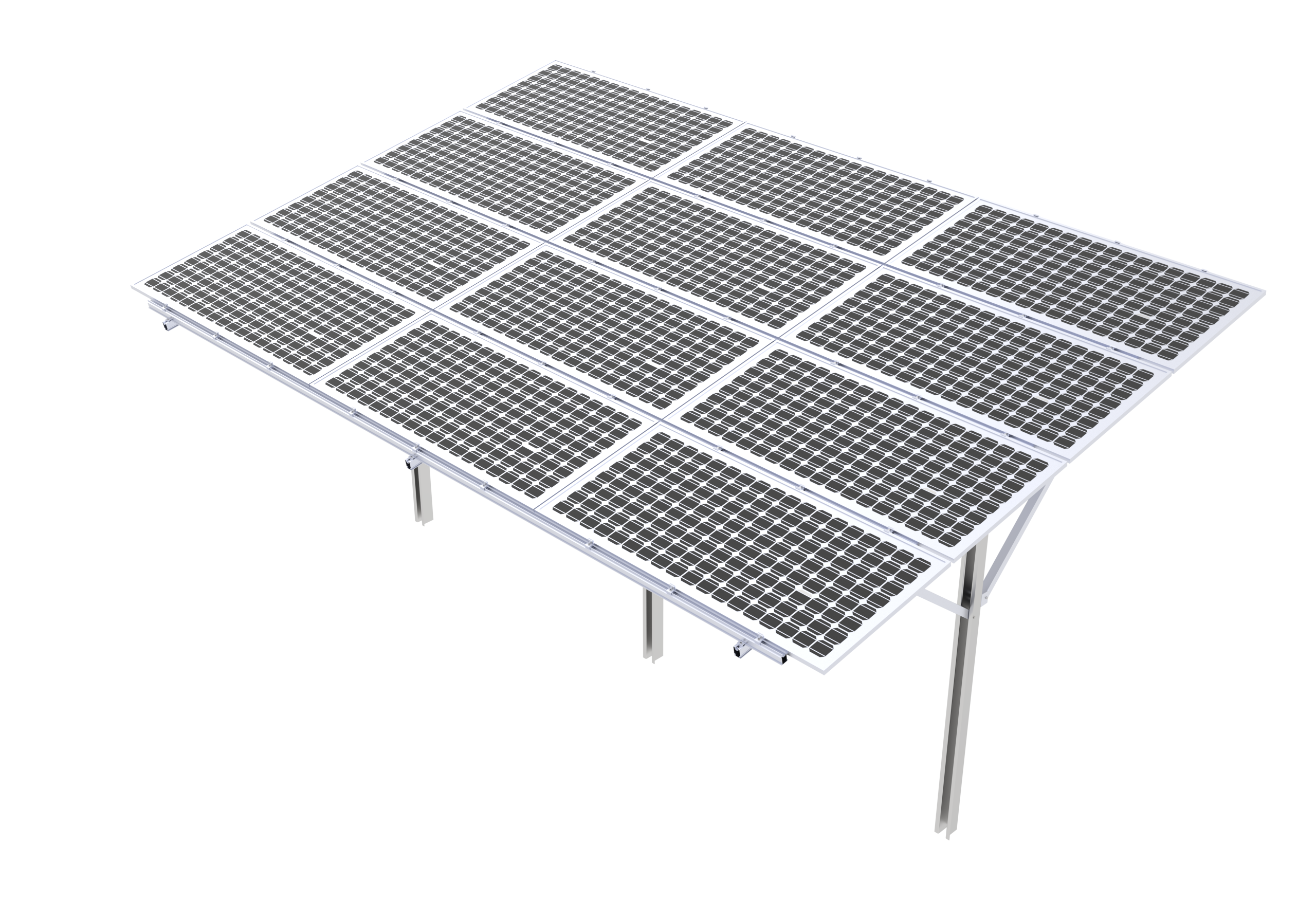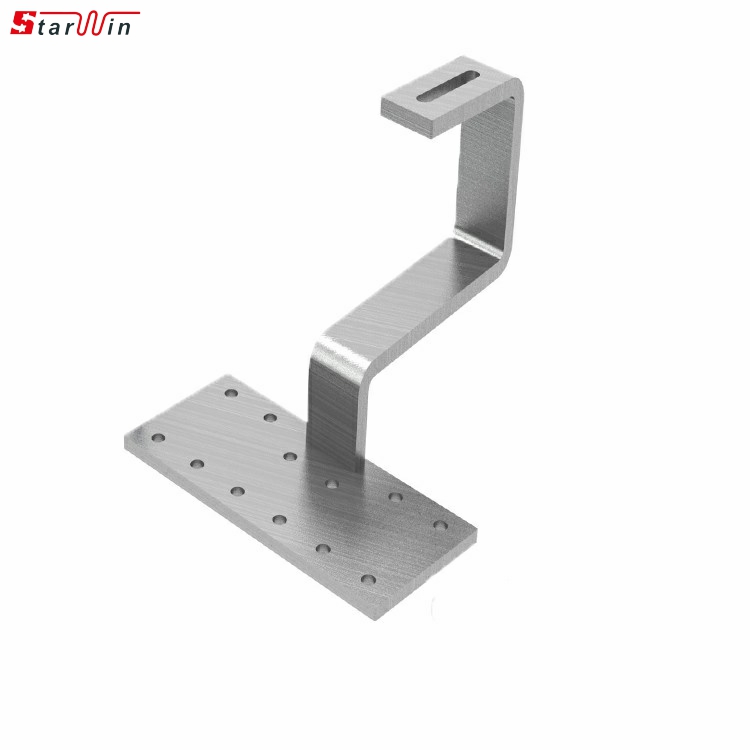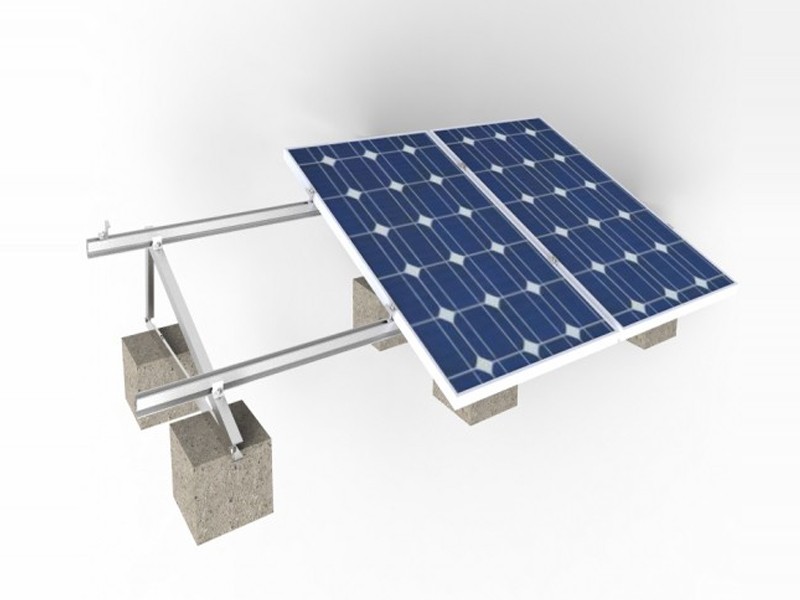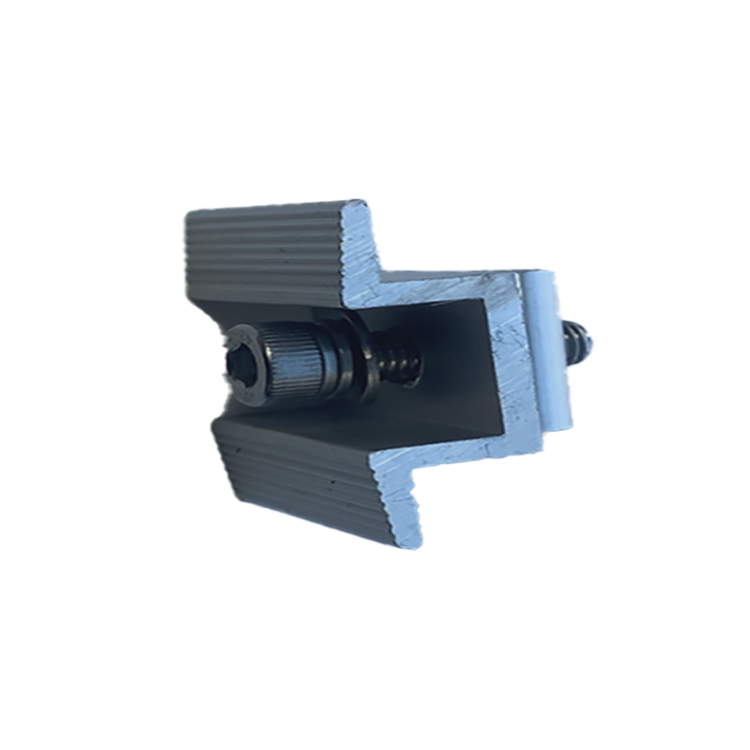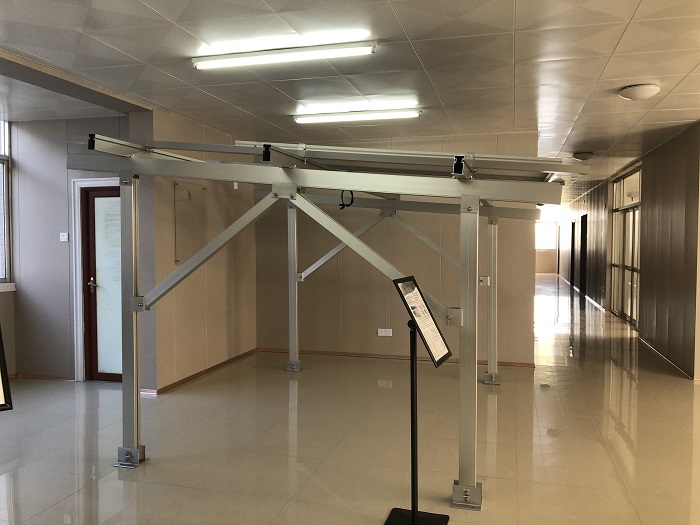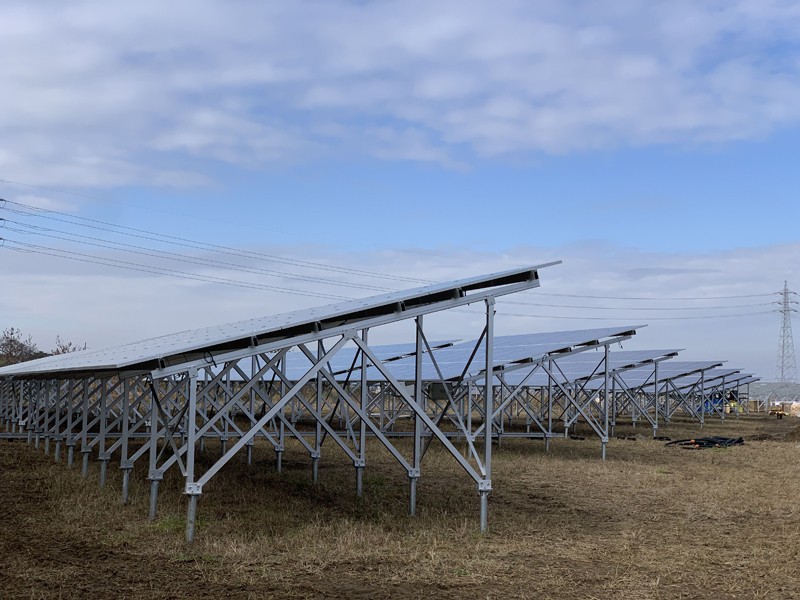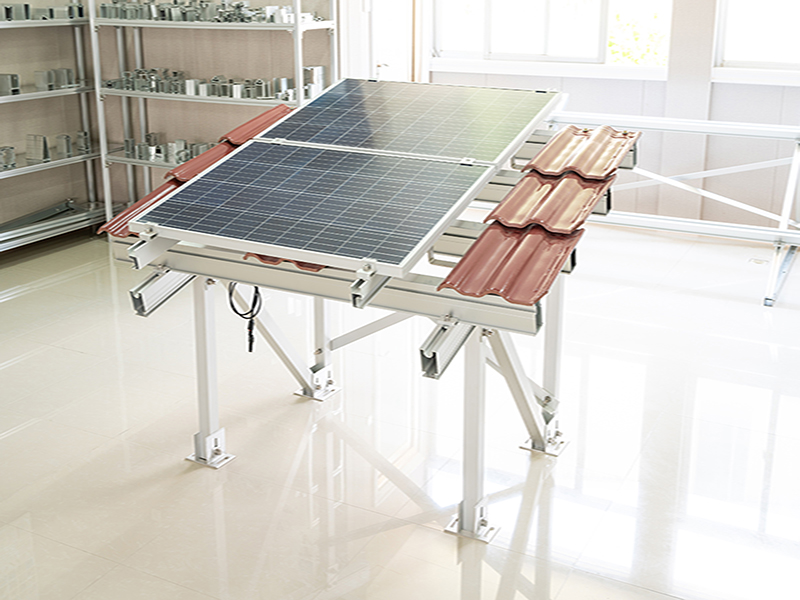Introduction to Floating Solar Mounting Systems
As the global demand for clean energy continues to rise, innovative solutions are emerging to maximize space and efficiency in solar energy deployment. One such innovation is the floating solar mounting system, a technology that enables photovoltaic (PV) panels to be installed on bodies of water such as reservoirs, lakes, ponds, and even nearshore coastal areas. This approach not only conserves valuable land resources but also improves the efficiency of solar energy production by utilizing the natural cooling effect of water surfaces.
What Is a Floating Solar Mounting System?
A floating solar mounting system is an engineered structure that supports solar panels on the surface of water. The basic system consists of:
Floaters: Buoyant devices that hold the solar panels above water.
Mounting Frames: Usually made of corrosion-resistant materials such as aluminum or HDPE.
Anchoring and Mooring Systems: Keep the structure in place, accounting for water level changes, wind, and wave conditions.
Walkways: Optional pathways for maintenance access.
Unlike ground-mounted or rooftop solar systems, floating solar allows for power generation on underutilized water bodies, creating a unique opportunity for countries with limited land space or high population density.
Key Benefits of Floating PV Systems
1. Efficient Use of Space
Land in many countries is scarce and expensive. Floating solar systems eliminate the need to compete with agriculture, housing, or industry for land, making them ideal for land-constrained regions such as Southeast Asia, Japan, and parts of Europe.
2. Enhanced Energy Yield
Thanks to the cooling effect of water, PV modules on floating systems typically operate at lower temperatures, which can lead to a 5–15% increase in energy efficiency compared to traditional systems.
3. Water Conservation
The coverage of solar panels reduces water evaporation from reservoirs and lakes. This is particularly useful in drought-prone regions or areas where water conservation is critical for agriculture or drinking supply.
4. Environmental Compatibility
Floating systems reduce algae growth by limiting sunlight penetration. Additionally, they can be installed on existing artificial reservoirs or unused water bodies, minimizing environmental disruption.
5. Scalability and Flexibility
Whether a project needs 50 kW or 50 MW, floating solar systems are highly scalable. Modules can be added over time as budget and infrastructure allow.
Typical Applications of Floating Solar Mounting Structures
Floating solar is not limited to one region or industry. Here are a few common applications:
Hydropower Plants: Installed on dam reservoirs, allowing for hybrid generation and optimized transmission use.
Water Treatment Plants: Makes use of available surface area in municipal or industrial facilities.
Irrigation Reservoirs: Adds value to agriculture by conserving water and producing energy simultaneously.
Industrial Ponds: Reduces evaporation and provides energy for onsite use, improving sustainability.
Mining or Oil Site Lakes: Helps offset emissions in carbon-intensive industries.
Components and Material Considerations
When designing a floating solar system, the quality of materials used is critical due to constant exposure to water and UV radiation. Common materials include:
High-Density Polyethylene (HDPE) Floats: UV-resistant, environmentally safe, and buoyant.
Aluminum Alloy Mounting Rails: Lightweight, corrosion-resistant, and strong.
Stainless Steel Hardware: For joints, bolts, and brackets to withstand moisture and saline environments.
Anchor System: Includes concrete blocks, helical anchors, or weighted moorings based on site conditions.
Electrical Cabling and Junction Boxes: Waterproof and designed to endure humidity and potential submersion.
Challenges and Engineering Considerations
Although floating PV has many benefits, it also presents some unique challenges:
Environmental Factors: Must withstand wind loads, wave action, and fluctuating water levels.
Maintenance Access: Proper design should include walkways or floating platforms for technicians.
Grid Connection: Longer underwater cabling may be required to reach onshore substations.
Permitting and Regulations:Depending on the country, water body usage rights and environmental impact assessments may be needed.
Initial Costs: May be slightly higher than ground-mounted systems due to specialized structures and anchoring.
The Market Outlook for Floating Solar Systems
According to IRENA, the floating solar market is projected to grow at a compound annual growth rate (CAGR) of over 20% through 2030. Countries like China, India, South Korea, Thailand, the Philippines, and Brazil have already installed sizable floating solar farms, and many others are conducting pilot projects.
Government incentives, improved design technologies, and dropping component prices are expected to fuel this growth even further.
Why Choose Our Floating Solar Mounting Systems?
At Starwin, we specialize in designing and manufacturing robust, customizable, and cost-effective floating solar mounting structures. Our solutions offer:
✅ Modular Design – Easy installation and scalability
✅ Anti-UV & Eco-Friendly Materials – Long lifespan and minimal environmental impact
✅ Strong Mooring & Anchoring – Adapted to various water conditions
✅ Professional Engineering Support – From concept to completion
✅ Fast Lead Time & Global Delivery – With no MOQ requirements
Whether you're planning a 100 kW farm or a 100 MW utility project, our team is here to support you with tailored solutions.

